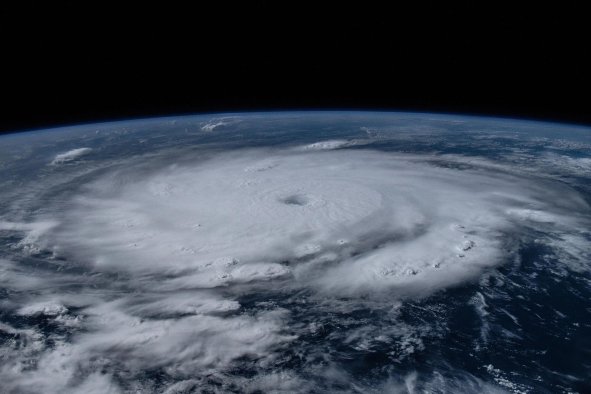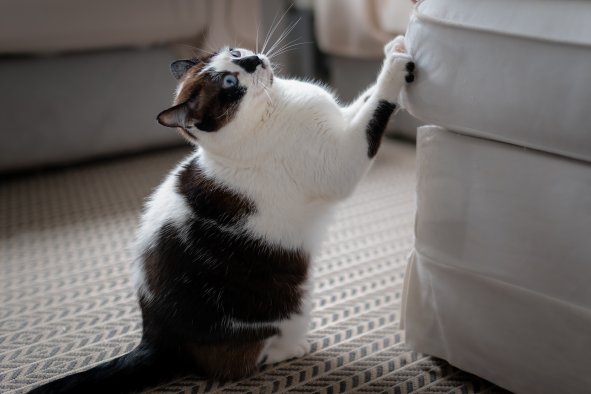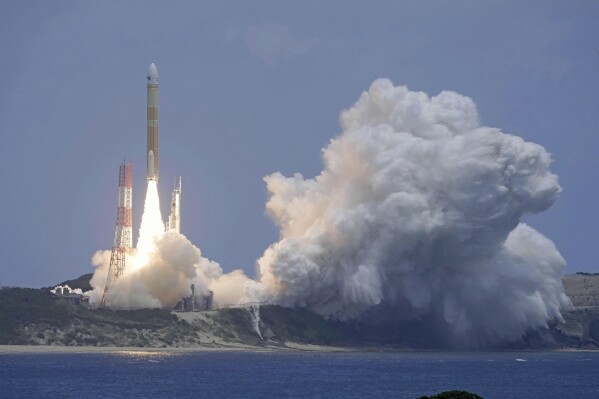What has happened to the wildlife in the Chernobyl Exclusion Zone?
The meltdown of the nuclear power plant in Chernobyl, Ukraine, in 1986 is thought to have been the worst nuclear disaster in history, causing two devastating explosions and a flood of radioactive fuel and debris throughout the area. Ever since, a 1,000-square-mile area around the site—which was formerly part of the Soviet Union—has been off-limits to humans.
The area, dubbed the Chernobyl Exclusion Zone, is still highly reactive today. However, in areas where there was less nuclear fallout, wildlife communities have grown and thrived in the absence of human disturbance.
Now, for the first time, scientists have explored the breeding behavior and early life of birds in this radiologically contaminated habitat. And the results were totally unexpected.
"The consequences of radiological contamination to wildlife are still widely unknown, especially the risks posed to wildlife in early life," Sameli Piirto, a Ph.D. researcher at the University of Jyväskylä, Finland, said in a statement. "Our hypothesis was that biodiversity in contaminated areas would be compromised leading to changes in birds breeding, diet and gut microbiome."
It is not clear when or over what time frame the study was undertaken. Newsweek has reached out to the researchers for clarification. In 2022, Russia's military took control of the nuclear power plant and the surrounding area, from February 24 to March 31. And scientists have not yet been able to measure the long-term impact that military action has had on the ecosystems in the occupied areas.
In the new study, Piirto and colleagues compared the breeding behaviors and physiologies of two common European songbirds—the great tit and the pied flycatcher. Nest boxes were placed throughout the exclusion zone in areas with both high and low radiological contamination and their inhabitants were monitored. DNA from fecal samples were used to study the birds' diets and to characterize the microbial communities in their guts.
The team found that nest occupancy rates were actually slightly lower in contaminated areas. But other than that, there were no major differences in breeding ecology or nestling health between the high and low-contamination areas.
Their diets, however, were more surprising. For both species, nestlings in highly contaminated areas were found to have a higher diversity of insects in their diets compared to those in the lower contamination areas.
No clear association was seen in the diversity of the gut microbiomes of the two groups, but there were consistent differences in the relative abundance of different microbial species inside the birds' guts.
"These results create an interesting background for understanding avian ecology in radiologically contaminated areas," Piirto said. "They give us valuable novel information on the effects that radiation has on juvenile birds—an area of research that has been unclear until now."
More work needs to be done to understand whether these changes in diet and microbiome composition impact the birds' health. However, the findings provide a useful insight into the long-term effects of nuclear accidents on wildlife health, and perhaps even our own biology.
"Radiological contamination creates an additional stressor that organisms must cope with, leading to a myriad of consequences that are not yet fully understood," Piirto said. "Studying the effects of it is crucial if humanity is to pursue an even more nuclear future."
Piirto will be presenting these findings at the Society for Experimental Biology Annual Conference in Prague on Wednesday.
Do you have a tip on a science story that Newsweek should be covering? Do you have a question about Chernobyl? Let us know via science@newsweek.com.
Disclaimer: The copyright of this article belongs to the original author. Reposting this article is solely for the purpose of information dissemination and does not constitute any investment advice. If there is any infringement, please contact us immediately. We will make corrections or deletions as necessary. Thank you.




